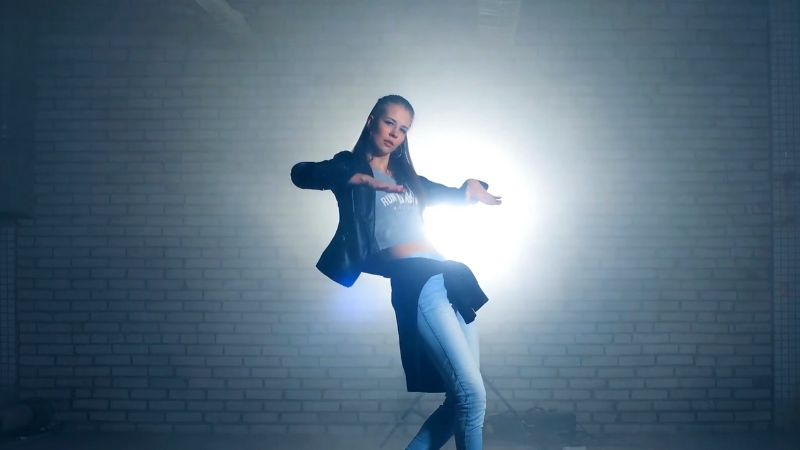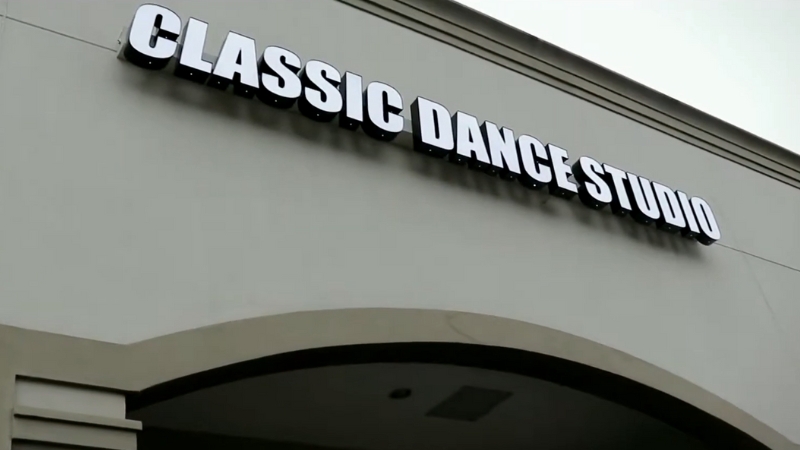If you’re reading this, you’ve probably dreamt about opening your dance studio for a long time.
Trust me, I’ve been there, I know exactly how exciting and overwhelming it can feel.
The good news is, you’re about to turn your passion into reality.
I’m here to help you every step of the way.
Starting a dance studio isn’t just about having a love for dance; it’s also about creating a space where others can find joy, confidence, and a sense of community.
But how exactly do you get started?
Well, that’s precisely what we’re going to explore together.
Step 1: Find Your Vision

Before anything else, ask yourself what kind of studio you envision.
Are you imagining a cozy ballet studio for kids, a vibrant hip-hop hub, or perhaps a versatile space offering multiple styles?
Clearly defining your vision is crucial because it shapes everything you’ll do moving forward.
Identify Your Dance Niche
Think about the dance styles you love the most.
You might be tempted to offer everything to everyone, I’ve been there, but specializing can help you stand out.
Maybe you have a gift for ballroom, contemporary dance, or even dance fitness.
Pick a style (or two) and focus your energy there. Trust me; it will pay off.
Who’s Your Ideal Dancer?
Also, consider who you’re going to serve. Are your classes geared toward kids, teens, adults, or perhaps older adults who want to stay active?
Knowing your audience guides how you’ll market, decorate, and structure your classes.
Step 2: Build a Solid Business Plan
View this post on Instagram
When I first thought about opening my studio, the words “business plan” made me cringe.
But honestly, a business plan doesn’t have to be complicated.
It’s simply a roadmap that shows where you are now, where you’re headed, and how you plan to get there.
Your Business Plan Should Include
Creating this plan makes you feel prepared and confident, especially when approaching banks or investors.
Step 3: Secure Your Financing

Funding your dream studio can seem intimidating. I felt pretty overwhelmed thinking about expenses, from studio rental and renovation to mirrors, floors, and sound systems.
Possible Ways to Fund Your Studio
You might combine a few of these options. When I started, I relied on my savings, a small loan, and support from my dance community. It wasn’t easy, but it worked!
Step 4: Choose the Perfect Location
Location can make or break your studio. You need a place accessible for your target students and somewhere welcoming.
Here’s what you should keep in mind when searching for your space.
What Makes an Ideal Dance Studio Location?
- Visibility: High traffic or easily findable places are best.
- Accessibility: Easy parking or close to public transportation helps a ton.
- Studio Size: Ensure enough space for classes, waiting areas, and changing rooms.
- Safety and Neighborhood: Choose a safe environment—parents and students care deeply about safety.
When I found my first studio location, I visited multiple times, even at different times of day, to ensure it felt right. Trust your gut!
Step 5: Set Up Your Studio Space
Now the fun begins! Turning your rented space into a dance haven takes creativity and thoughtful planning.
Don’t just think practically; think about the feeling students experience when walking in.
Key Elements for A Welcoming Dance Studio
I found creating a comfortable lounge area for parents and siblings went a long way in building a sense of community.
Little touches—like free Wi-Fi, cozy seating, and coffee or tea—really matter.
Step 6: Hire and Train Your Team
@rxdance.studio Hello Dancers 💃 Are you a dancer? Looking for work in the field of dancing? or are you looking for extra money? Come on, join immediately and be part of the RX Fams the procedure is as follows: open the link on the Instagram bio – then click on the RXT.CAREER section and follow the instructions listed and fill in the form provided easy enough right? so what are you waiting for? we are waiting for you #danceteacher #dancecoach #dancer #dancers #dancing #danceclass #kpopdance #dancerjakarta #dancestudio #lokerjakarta #lowongankerjajakarta ♬ suara asli – RX DANCE STUDIO
If you’re like me, you’ll quickly realize you can’t do everything alone. Hiring the right instructors and support staff is one of the most critical steps you’ll take.
What to Look for When Hiring Instructors
Remember, your staff represents your brand. Choose instructors carefully, provide thorough training, and ensure they embody your studio’s values.
Step 7: Price Your Classes Appropriately
Pricing your classes can feel tricky. You want to attract students without undervaluing your time and expertise. It took me a while to find the sweet spot.
Consider These Factors When Setting Your Prices
Offering package deals or family discounts often attracts students and encourages commitment. Be fair but don’t undersell yourself—you’re worth it!
Step 8: Create a Stand-Out Brand and Marketing Strategy

Branding and marketing felt overwhelming at first, but I soon discovered how enjoyable and rewarding it could be. Your studio’s brand is your personality.
Effective Ways to Market Your Dance Studio
I can’t stress enough how important a strong online presence has become.
Share videos, testimonials, and engaging content regularly, and you’ll quickly attract a loyal following.
Step 9: Ensure Legal and Administrative Foundations
This step isn’t glamorous, but it’s necessary. Making sure your studio operates legally and safely is vital.
Essential Legal and Administrative Tasks
Honestly, having all this paperwork sorted early will spare you headaches down the road. Ask for help if you need—attorneys or accountants can simplify this process.
Step 10: Launch with Excitement and Celebrate!

Opening day should feel like a celebration because it truly is one. You’ve worked hard, planned carefully, and poured your heart into this studio.
Make your opening event memorable—invite the community, offer demos, give away small prizes, and make everyone feel at home.
It reminded me exactly why I chose to pursue dance and teaching. Celebrate your achievement, because you deserve every bit of success!
Step 11: Listen, Learn, and Adapt
After opening, the learning doesn’t stop. Keep listening to your students, parents, and staff.
Be open to feedback and continuously improve your classes, schedules, or offerings.
Ways to Continuously Improve Your Studio
Running a successful dance studio means adapting constantly and keeping your passion alive.
Stay connected to your reason for opening this studio—let it guide you every day.
